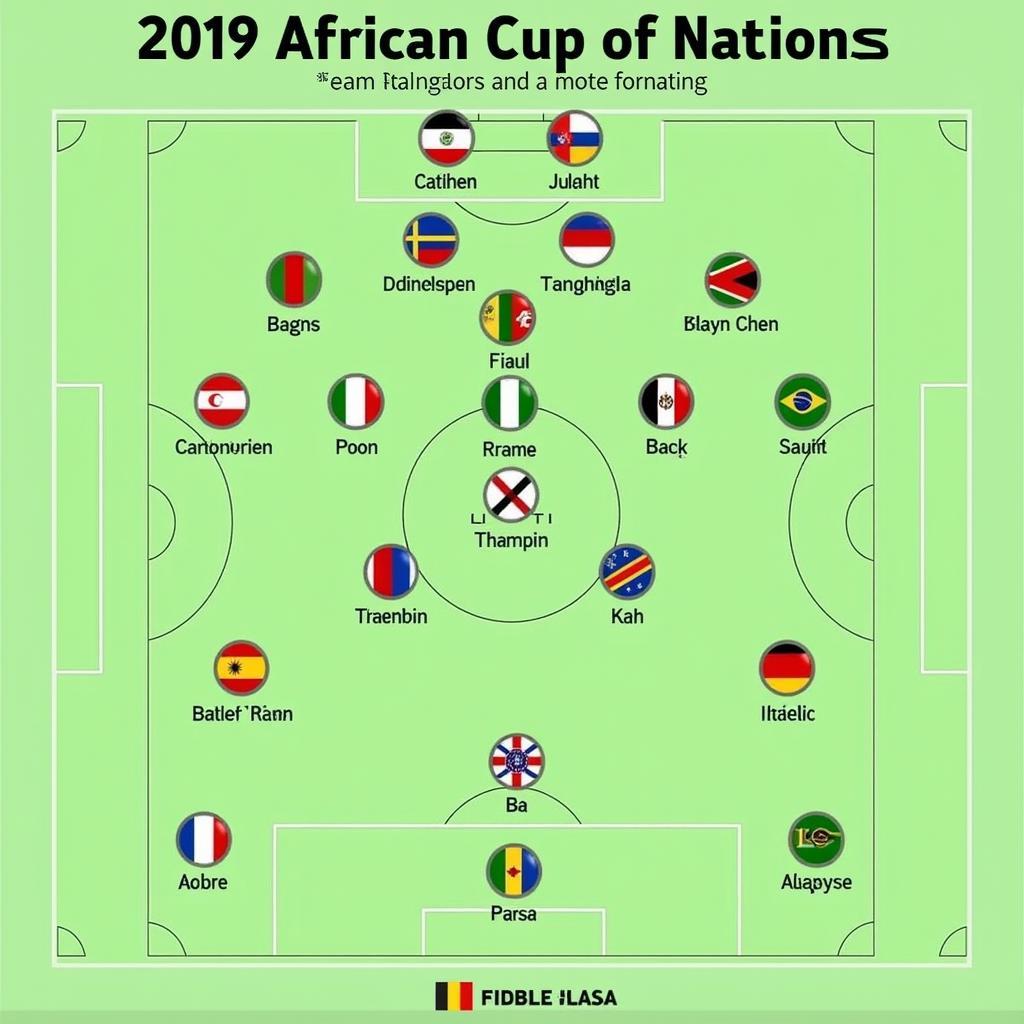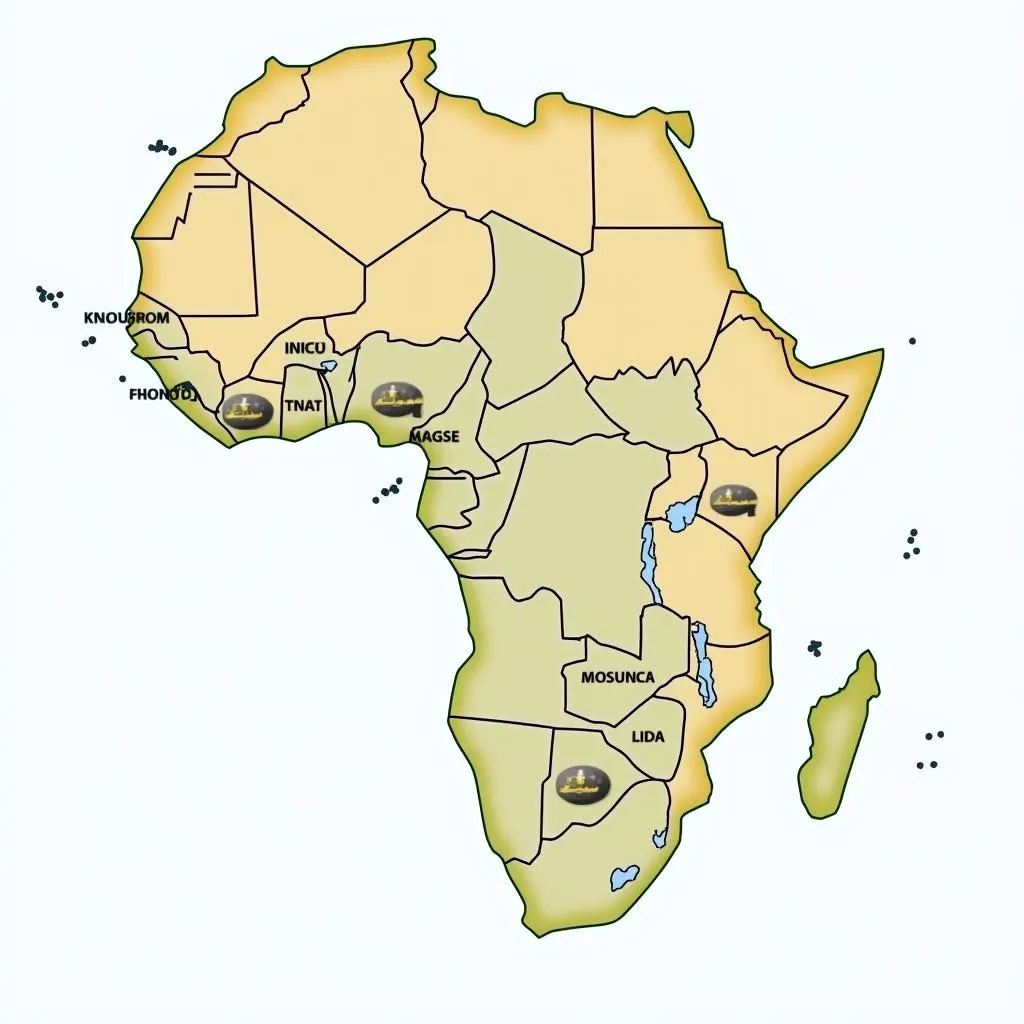Unveiling the Truth: African American Freckles – More Than Just Dots
Freckles, those charming specks of concentrated melanin, often grace the skin of people with lighter complexions, particularly those of European descent. But what about African Americans? While freckles might seem less common in darker skin tones, they are indeed present and tell a fascinating tale of genetics and heritage.
Dispelling the Myth: Yes, African Americans Can Have Freckles
The notion that only people with fair skin can have freckles is a misconception. While it’s true that melanin, the pigment responsible for skin color, plays a role in freckle formation, it doesn’t exclude anyone based on ethnicity. Freckles occur when melanin clusters in the skin, often triggered by sun exposure. This means that anyone, regardless of their background, can develop freckles if they have the genetic predisposition and environmental factors align.
African American Freckles: A Celebration of Genetic Diversity
The presence of freckles in African Americans highlights the incredible genetic diversity within this community. Generations of migration, intermingling, and cultural exchange have resulted in a rich tapestry of ancestral heritage. This means that the genetic makeup of African Americans can vary greatly, leading to a spectrum of physical traits, including freckle prevalence.
“It’s crucial to remember that race is a social construct, not a biological one,” states Dr. Abena Agyemang, a leading dermatologist specializing in ethnic skin. “The presence of freckles in African Americans underscores the beautiful mosaic of human genetics and challenges preconceived notions about skin and heritage.”
The Genetics Behind Freckles: It’s All in the Genes
The appearance of freckles, whether in individuals of African descent or any other ethnicity, is primarily determined by genetics. Specifically, a gene called MC1R (melanocortin 1 receptor) plays a key role. This gene influences the production of melanin, which comes in two main types: eumelanin (brownish-black pigment) and pheomelanin (reddish-yellow pigment).
People with freckles tend to have variations in the MC1R gene that lead to a higher production of pheomelanin, particularly in sun-exposed areas. These variations can be passed down through generations, explaining why freckles often run in families.
Types of Freckles in African Americans
Just like individuals with lighter skin tones, African Americans can experience different types of freckles, including:
- Ephelides: These are the most common type of freckles, appearing as small, flat, and light brown spots that typically fade in the winter months.
- Solar Lentigines: Also known as “sun spots” or “age spots,” these freckles are larger and darker than ephelides and tend to be more permanent. They are often associated with sun damage and aging.
Embracing the Beauty of African American Skin
It’s important to remember that every individual’s skin is unique and beautiful in its own right. African American skin, with its rich melanin content, possesses a natural radiance and resilience that deserves to be celebrated. Freckles, whether subtle or prominent, add another layer of beauty and uniqueness to this diverse tapestry of skin tones.
In conclusion, the presence of freckles in African Americans serves as a powerful reminder of the genetic diversity and shared human experience that unites us all. It’s time to challenge outdated beliefs and appreciate the beauty of all skin tones, freckles and all. If you have any questions or concerns about your skin, don’t hesitate to consult a dermatologist specializing in ethnic skin.



